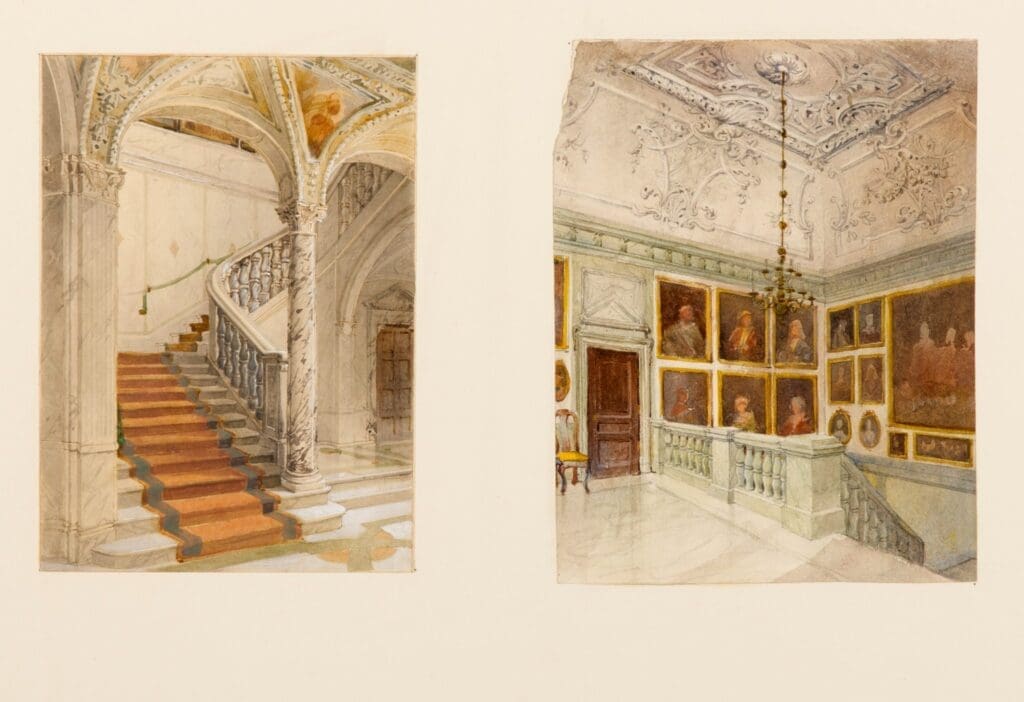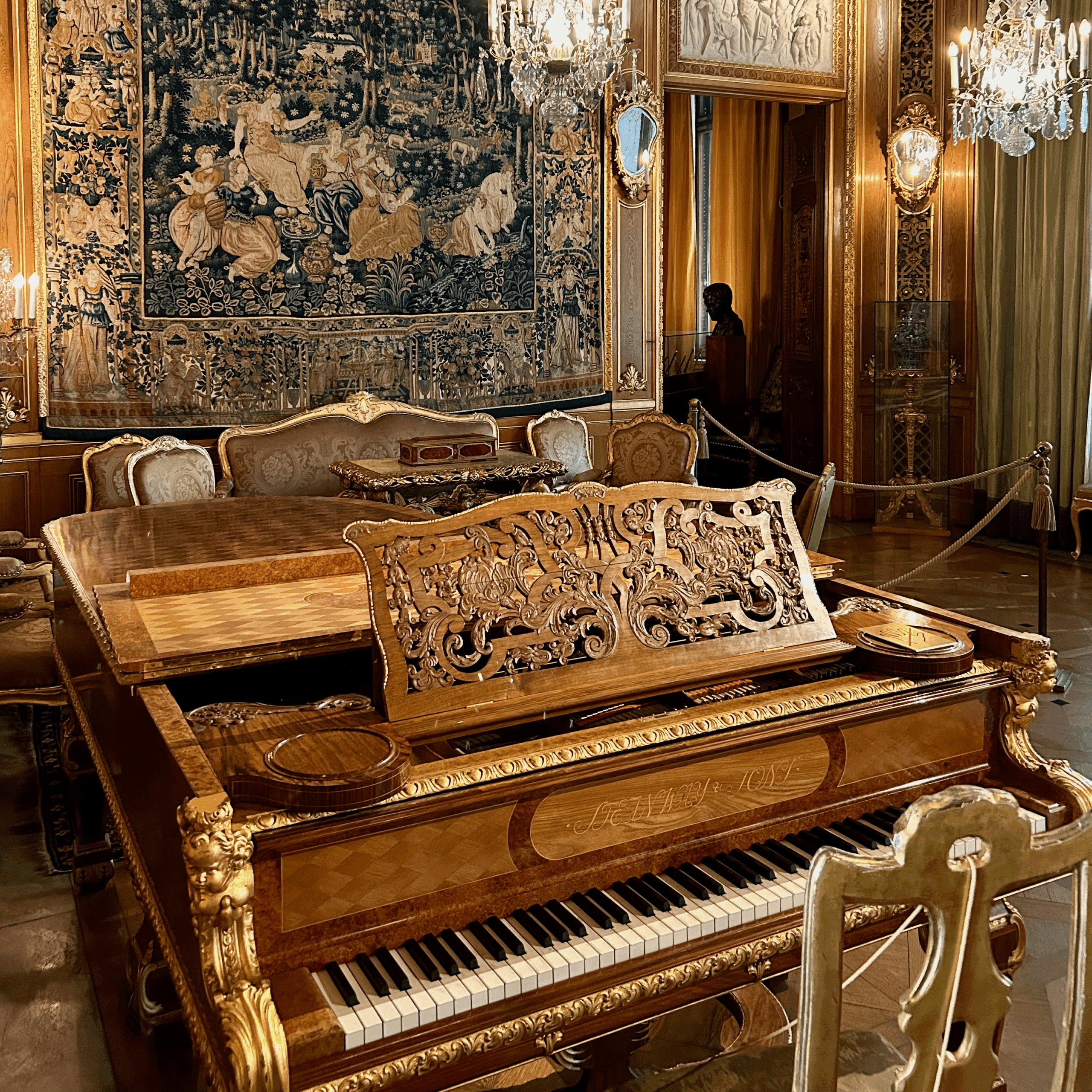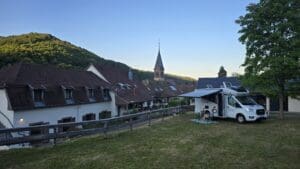The story begins with Wilhelm and Johanna Kempe, who moved to Sweden in the early 1820s. They made a fortune in the forestry industry but, much to their chagrin, they had no son but a wayward daughter. In a more modern context, the extremely energetic and capable Wilhelmina would, of course, have taken over the company, but that was unthinkable at the time, not least for Wilhelm, who was very traditional.
After a few 'failed' debutante balls, she was introduced to a Swiss nobleman and a liking developed. However, young Walter had a bit of an uphill struggle to persuade Mr Kempe, who was adamant that not just anyone should inherit the company. In the end, however, Walter managed to charm the future in-laws and Wilhelmina became von Hallwyl.
One of the father's demands was that they settle in Sweden, which was certainly seen as controversial at a time when women's rights had not yet really gained a foothold in society. It is conceivable that the large fortune played a major role, as the von Hallwyl family's title was more important than great wealth.
For many years they lived in Ericslund in Vagnhärad, but after her father's death they moved to Stockholm when her husband took over his father's role in the company. For a family like this, it was of course necessary to live in a stately home, and Wilhelmina took the task very seriously, hiring Isak Gustaf Clason as her architect. Together they created a modern palace, with an exterior inspired by Italian and Spanish Renaissance styles. The inside is more a mix of different 17th and 18th century styles. Here is one of the early sketches.

The location, however, was somewhat peculiar. At the end of the 19th century, Hamngatan 4 was seen as part of the countryside, and it was also a run-down area containing mostly industrial properties. Here is a picture of the site before construction began:

The best craftsmen were hired for the actual construction, and the first version of the house cost no less than SEK 1.5 million, which in today's money is around SEK 120 million. That doesn't even cover the many additions and changes that were made afterwards.






What may not be clear from the picture is that not everything was new when it was built, but a lot was bought in from other places. One example is the medieval wallpaper that was built into the more modern construction.
The house was also a bit of a technological marvel for the time. There were electric lifts, built-in heating system, water heater, central vacuum cleaner, bathroom with shower and much more. They were also one of the first with a telephone, both to call within the house and to other subscribers. Here is a picture of the kitchen. Note that behind the wall to the stove is a large water tank and when the water is heated, the rest of the house is spread so that they get hot water.

What stands out most to me, however, are the many collections of everything between heaven and earth. Wilhelmina was a collector of great dimensions and managed to collect no less than 50,000 objects during her lifetime. Many of the objects were purchased at Bukowskis, but there are also everyday objects such as a piece of Mr Hallwyl's moustache... 🙂 You can imagine that she received good service when she visited the auction house as she is by far their largest customer of all time.
Nor was it just a matter of collecting; she was also very careful to catalogue the various objects. No fewer than 78 volumes were created, with each object described in both words and pictures. She even employed staff for the work.

Different rooms had different themes, such as the attic room with its unique collection of Dutch and Flemish art. Several of them are by 'unknown masters' and one is thought to be a Rembrandt.

It is not clear whether this was Mr Hallwyl's attempt at a small rebellion against his home being turned into a museum, but next door is a skittle alley, which seems a little odd. However, even this has eventually become an exhibition.

The front of the house is relatively modest but the two terraces are all the more lavish. One of them is also a restaurant but unfortunately we did not have the opportunity to test it as it was closed for the season.
Both images are from the National History Museums.


As you will have realised, Wilhelmina had an idea and a plan behind all her work. The intention was to bequeath the house and its collections to the state with the proviso that it would be a public museum. And so it was, which is why today we can enjoy both the marvellous house and its collections.
In other words, this was a real treat, both interesting, educational and to some extent surprising. Can really recommend a visit. If you go here, take the opportunity to book a guided tour as they had really good guides who added a little extra colour to the already exciting history.
As a side note, they occasionally have pop-ups, ie small temporary exhibitions. When we were there, they had an exhibition of dresses which was actually the main reason we went to Stockholm. However, it was lucky that we did not go just for that reason as the exhibition turned out to consist of four dresses... 😛







